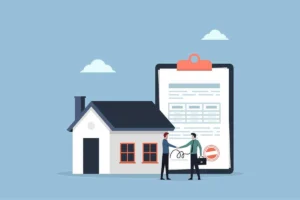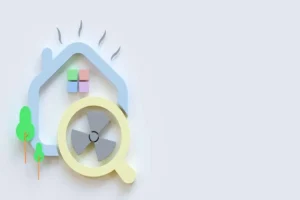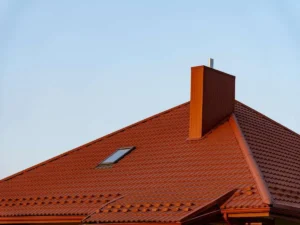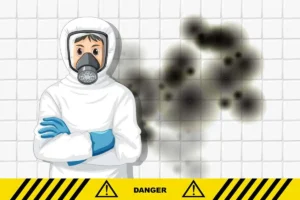
Why Your Home Needs a 4-Point Insurance Inspection Before Buying Insurance
Buying homeowner’s insurance seems pretty simple and straightforward until your insurer requests a 4-point inspection. You might have never heard of it, but it’s not as complicated as it sounds. This inspection helps you and your insurance provider make smarter decisions.
Let’s read why this inspection is important, what’s included in the 4-point inspection checklist, and why skipping it could cost you more than you think.
What is a 4-Point Insurance Inspection?
A 4-point insurance inspection is a focused assessment of the four major systems in your home:
- Roof
- Electrical
- Plumbing
- HVAC
It is commonly required by insurance companies, especially for older homes, before they will issue or renew a homeowner’s policy.
This inspection aims to determine these key systems’ condition, age, and life expectancy. Insurance providers want to ensure your home isn’t a high-risk property likely to lead to future claims.
Why Do Insurance Companies Require This Inspection
It is just like risk management. Insurance companies need to know that the home they’re covering isn’t a ticking time bomb for water damage, fire hazards, or roof leaks. A 4-point inspection gives them a quick view of the home’s safety and functionality.
For the insurance providers:
- An older electrical system means higher liability
- Plumbing issues can lead to big claims
- Roof condition determines insurability
- An aging HVAC system can be a health and safety concern
What’s Included in a 4-Point Inspection Checklist
The 4-point inspection checklist covers the essential systems that impact your home’s livability and safety. Let’s discuss it in detail:
-
Roof
During this inspection, the inspector looks for:
- Material of the roof (asphalt shingles, metal, tile, etc.)
- Age of the roof and its life expectancy
- Signs of leaks, sagging, or deterioration
- Type of roof covering and underlayment
- Repair history(if there is any)
-
Electrical System
Things to check in this system are:
- Type of wiring (aluminium, copper, etc.)
- Age and condition of the panel
- Functionality of the circuit breakers
- Presence of hazards like double taps or exposed wiring
- Issues in grounding and bounding
-
Plumbing System
In the plumbing system, the assessment of the following is necessary:
- Type of Pipes (copper, galvanized, etc.)
- Evidence of leaks or corrosion
- Water heater age and condition
- Drainage flow and shut-off valve functionality
-
HVAC System
Along with the performance of the system, the following are things to assess:
- Age and type of heating/cooling systems
- Visible damage or rust
- Proper installation and venting
- Maintenance record (if any)
After evaluating these four points, the certified inspector will document the findings with photos and notes. Those will be sent to the insurance company for review.
Is a 4-point Inspection the Same as a Full Home Inspection
No, a 4-point inspection isn’t similar to a full home inspection.
A full home inspection is designed for buyers and covers everything from attic insulation to grading around the foundation. It helps the buyer understand the home’s overall condition before closing the deal.
On the other hand, a 4-point insurance inspection is only for insurance underwriting purposes. It focuses solely on the four key areas. It doesn’t tell you if your windows are drafty or if the garage door opener doesn’t work.
Can You Get a Homeowner’s Insurance Without a 4-Point Insurance Inspection?
It depends on the age of your home and the policy of your insurance service provider. If the house is new, you might not need this inspection. Meanwhile, if the inspection report reveals significant issues like an outdated electrical panel, the insurance may require you to make repairs before insurance coverage.
What Happens If You Skip It
Technically, you can’t skip this inspection. If required, your insurance provider will simply not write your policy until the 4-point inspection is complete. However, delaying this inspection can cause:
- Higher premiums
Older systems with no documented condition mean a risk, which means more money out of your pocket.
- Policy denial or non-renewal
If your roof leaks or pipes are ancient, the insurer could deny or cancel your coverage.
- Gaps in insurance
If you’re switching providers and haven’t done the inspection in time, you could end up uninsured during the transition.
Final Thoughts
A 4-point insurance inspection is not just a technicality. It is a vital part of the homeownership puzzle, especially when dealing with older homes. Understanding the 4-point inspection checklist can help you prepare and avoid policy issues.
To know about the condition of the 4 points in your home, get an inspection from Peace of Mind Home Inspections. Our expert inspectors help you know about the actual condition of your home’s components and how you can make them efficient in getting the insurance policy.

 Previous Post
Previous Post



